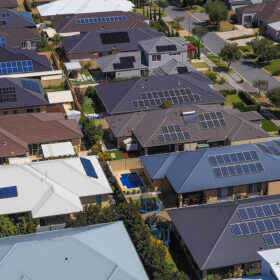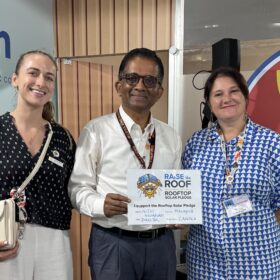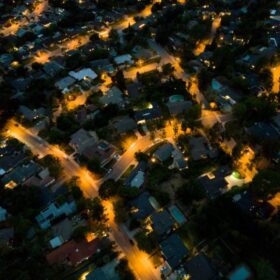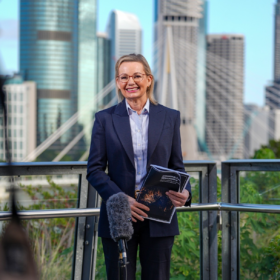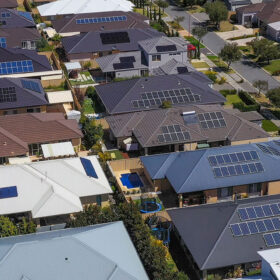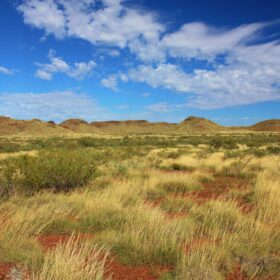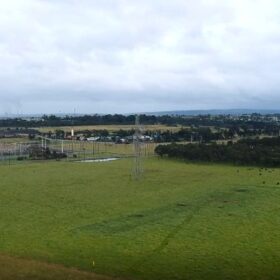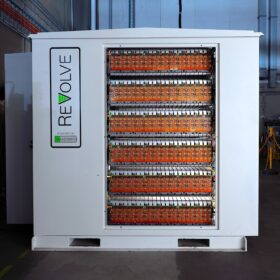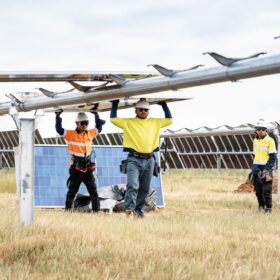Solar, wind and storage: stable prices, stable grid
The International Solar Energy Society explains how Australia’s rapid expansion of solar and wind energy has not increased wholesale electricity prices, which have remained stable since 2016. Rooftop solar, now widespread and highly cost-effective, provides the country with resilient, low-emission power, making all-electric homes increasingly independent from the grid.
Government pumps $5 billion into home battery program, issues persist
Over the weekend the federal government announced major changes to its $2.3 billion home battery subsidy program. The changes include nearly $5 billion in extra funding and adjustments to the financial support provided for different-sized batteries. They follow recent reporting that the program is subsidising unnecessarily large home batteries and blowing out in cost.
Post-COP30: Why distributed solar is becoming the world’s fastest-scaling power technology
Post-COP30 analysis has centred on the contentious debate over fossil-fuel phase-out wording. Yet the most significant development for the solar sector was not part of the negotiating text at all.
Household solar electricity generation in the Australian national accounts
The Australian electricity industry has transformed over the past two decades, driven by the rise of household solar and other renewable energy sources. Since 2010, supported by government incentives and improving technology, rooftop solar installations have surged.
Oversized batteries are blowing out Cheaper Home Batteries budget
The federal government’s $2.3 billion Cheaper Home Batteries Program is subsidising unnecessarily large energy storage systems and blowing out in cost.
Misleading chart overstates clean energy challenge
Primary energy – which refers to the raw energy in fuels and natural resources – is often used to show how much energy we use but as a measure it is misleading and makes the clean energy switch seem much harder than it actually is.
How mandatory climate reporting is raising the bar for corporate leadership
Around the world, businesses are entering a new era of accountability. The shift toward mandatory climate-related financial disclosures is transforming how organisations understand and govern key drivers of financial performance.
Coalition’s net zero retreat: Policies on line
In 2021, Australia’s Coalition government pledged to reach net zero by 2050. Four years later, the Coalition have reversed course. After successive election losses, the Liberal and National parties have settled on a new climate strategy: give up on net zero and keep coal plants running longer.
How Pacific nations plan to go from spending up to 25% of GDP on fossil fuels to running on 100% renewables
Picture dusk falling somewhere in the Solomon Islands. A fisher’s skiff glides home using a whisper-quiet electric outboard motor. In the Cook Islands, a big battery steadies the island grid. In Papua New Guinea’s highlands, solar kits bring electric light to homes for the first time.
Three hours of free power sounds great – but it could raise other costs and hamstring rooftop solar
It was the news that rippled around the nation – and then the world: at least three hours of free grid-supplied electricity for Australian households, every day.

